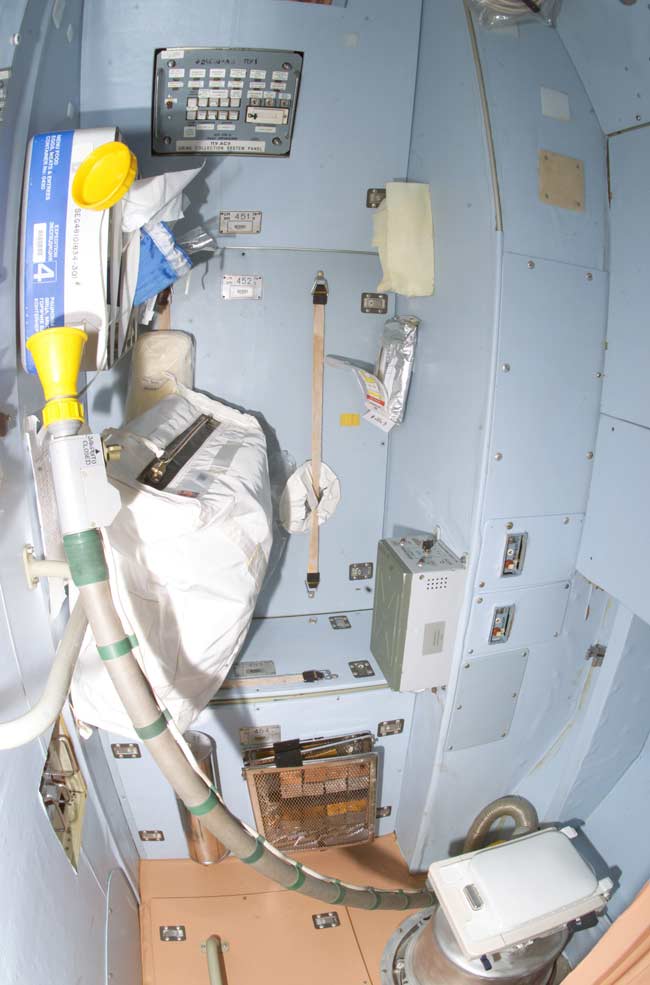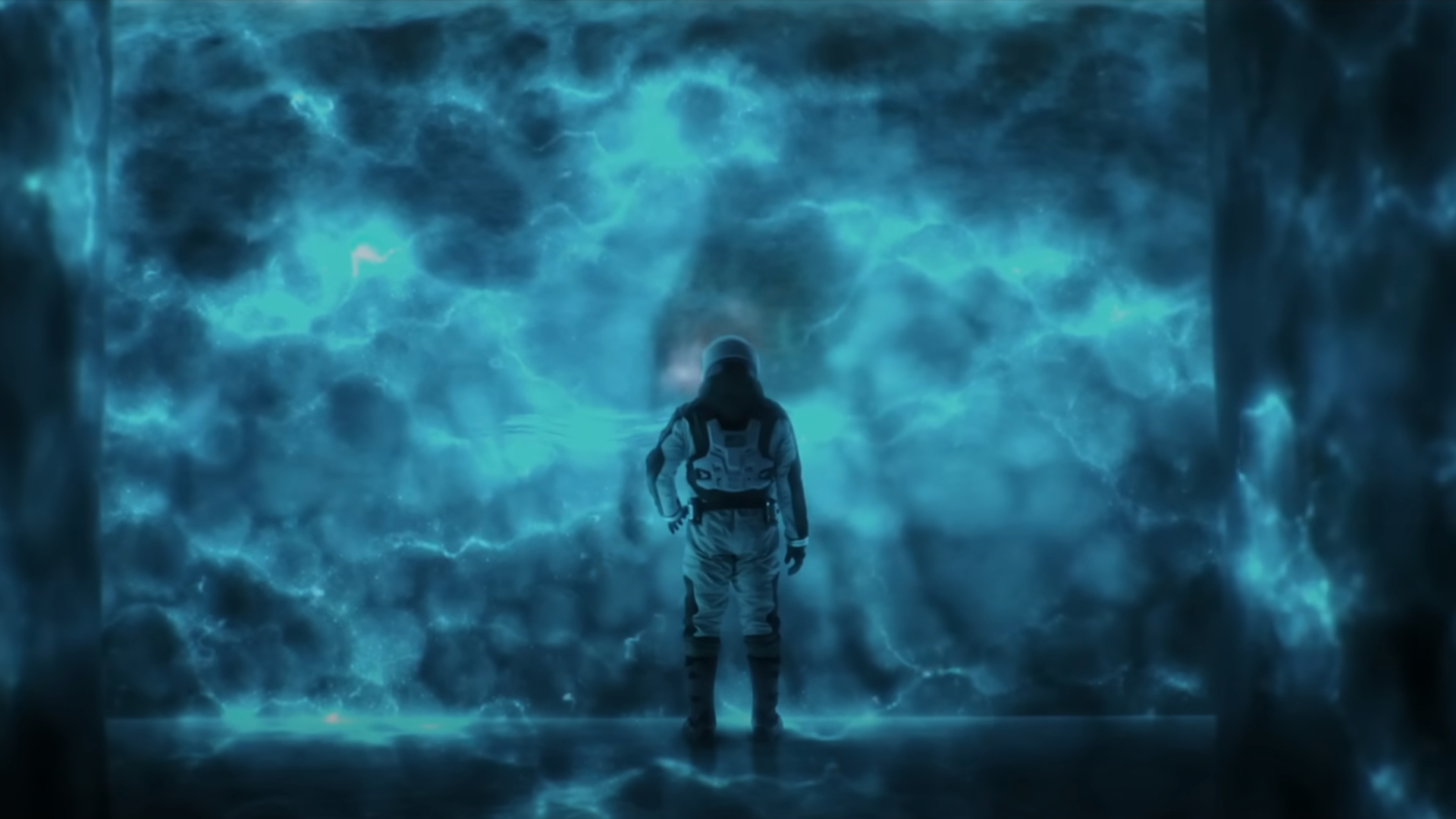Bringing Space Down to Earth With Toilets and Toys

CAPECANAVERAL, Fla. ? The recent repair of a zero gravity toilet aboard theInternational Space Station (ISS) is an object lesson in how astronauts canescape Earth, but not the facts of life.
Stationcosmonaut Oleg Kononenko patchedup the orbiting laboratory's Russian-built commode last week by replacing afailed pump in its urine collection system in a mundane, but vital, space pottyfix.
"Thetoilet was kind of a single point failure," said NASA astronaut GarrettReisman, who lived aboard the station during the malfunction and is set toreturn to Earth aboard the shuttleDiscovery on Saturday.
Thetoilet's working fine now, but it took center stage in the days beforeDiscovery's May 31 liftoff, when NASA rushed a replacement pump from Russia to its Florida shuttle launch site in time to make the full repair possible.
Futuresix-person crews, Reisman added in televised interviews today, will have thebenefit of a second toilet and plenty of spare parts if they ever have to dosome orbital plumbing work again.
"Livingin space is different from living on the ground, but you know you do encounterthe same kinds of issues," NASA's deputy station program manager KirkShireman said of challenge. "That's part of having humans exist outsidethe surface of the earth. I don't take it as a very bad thing, but it's justsomething that perhaps people can relate to."
Discoveryundocked from the space station Wednesday and is set to land here at NASA's Kennedy Space Center tomorrow at 11:15 a.m. EDT (1515 GMT). But the shuttle did not castoff without leaving two other things folks on earth could relate to: NASAastronaut Gregory Chamitoff and a DisneyBuzz Lightyear toy with pop-out wings.
Breaking space news, the latest updates on rocket launches, skywatching events and more!
Shuttleastronauts ferried Chamitoff to the space station along with Japan's massive $1 billion Kibo laboratory last week to begin a six-month mission.
During thattime, he plans to use Buzz Lightyear, a toy version of the space rangercharacter from the 1995 film "Toy Story," in a series of educationvideos about life in space as part of NASA's Toys in Space program and Disney'sSpace Ranger Education Series.
"Ithink we need to do a better job of getting the message out about what life isreally like up here," Reisman said during Discovery's mission, whoChamitoff replaced aboard the station. "It's pretty spectacular."
Reismanfilmed a high-definition video to illustrate a day in the life of a spacestation astronaut, tossedout the opening pitch at a Yankees-Red Sox game and madean appearance on the faux-conservative cable show "Colbert Report"during his three-month mission.
Shiremansaid there are some aspects of living in space that people on Earth can easilyrelate to, such as running out of food after missing a few grocery store trips.
"Wekind of had that situation on board ISS a few years ago," Shireman saidlast week.
Back then,in 2004, space station astronauts tackled adwindling food supply by cutting their regular meals in half and making upthe lost calories by wolfing down extra desserts and candy. A Russian cargoship restocked the station with more healthy food in December of that year,bringing fresh supplies to Expedition 10 commander Leroy Chiao of NASA andRussian cosmonaut Salizhan Sharipov.
"I think people identify more with everyday problemsthat they might have also faced in the past," Chiao, now retired fromspaceflight, told SPACE.com. "Everyone is interested in the challenges offood and hygiene in space."
Chiao saidhe and Sharipov each lost up to 10 pounds during the four weeks they had toration their food, and even had to tackle Russian toilet problems of their ownwhen the potty's sulfuric acid flush system malfunctioned.
But duringhis mission, he — like astronauts today — strived to find ways to relate theexperience of spaceflight with the people of Earth. Reisman's stunts and thepotential of Buzz Lightyear's new orbital antics (he's flown on a space shuttlebefore) serve a vital purpose in expanding NASA's reach to the public and,perhaps more importantly, encouraging students who might turn into tomorrow'sscientists and engineers, Chiao said.
"Done correctly, this kind of exposure reaches a wideraudience," said Chiao. "I was inspired to become an astronaut afterwatching the Apollo 11 moon landing as an eight-year-old kid. We need to getkids interested in space and in science and math in general."
NASA isbroadcasting the Discovery's STS-124 mission live on NASA TV. Click here for SPACE.com'sshuttle mission updates and NASA TV feed.
Join our Space Forums to keep talking space on the latest missions, night sky and more! And if you have a news tip, correction or comment, let us know at: community@space.com.

Tariq is the Editor-in-Chief of Space.com and joined the team in 2001, first as an intern and staff writer, and later as an editor. He covers human spaceflight, exploration and space science, as well as skywatching and entertainment. He became Space.com's Managing Editor in 2009 and Editor-in-Chief in 2019. Before joining Space.com, Tariq was a staff reporter for The Los Angeles Times covering education and city beats in La Habra, Fullerton and Huntington Beach. In October 2022, Tariq received the Harry Kolcum Award for excellence in space reporting from the National Space Club Florida Committee. He is also an Eagle Scout (yes, he has the Space Exploration merit badge) and went to Space Camp four times as a kid and a fifth time as an adult. He has journalism degrees from the University of Southern California and New York University. You can find Tariq at Space.com and as the co-host to the This Week In Space podcast with space historian Rod Pyle on the TWiT network. To see his latest project, you can follow Tariq on Twitter @tariqjmalik.
